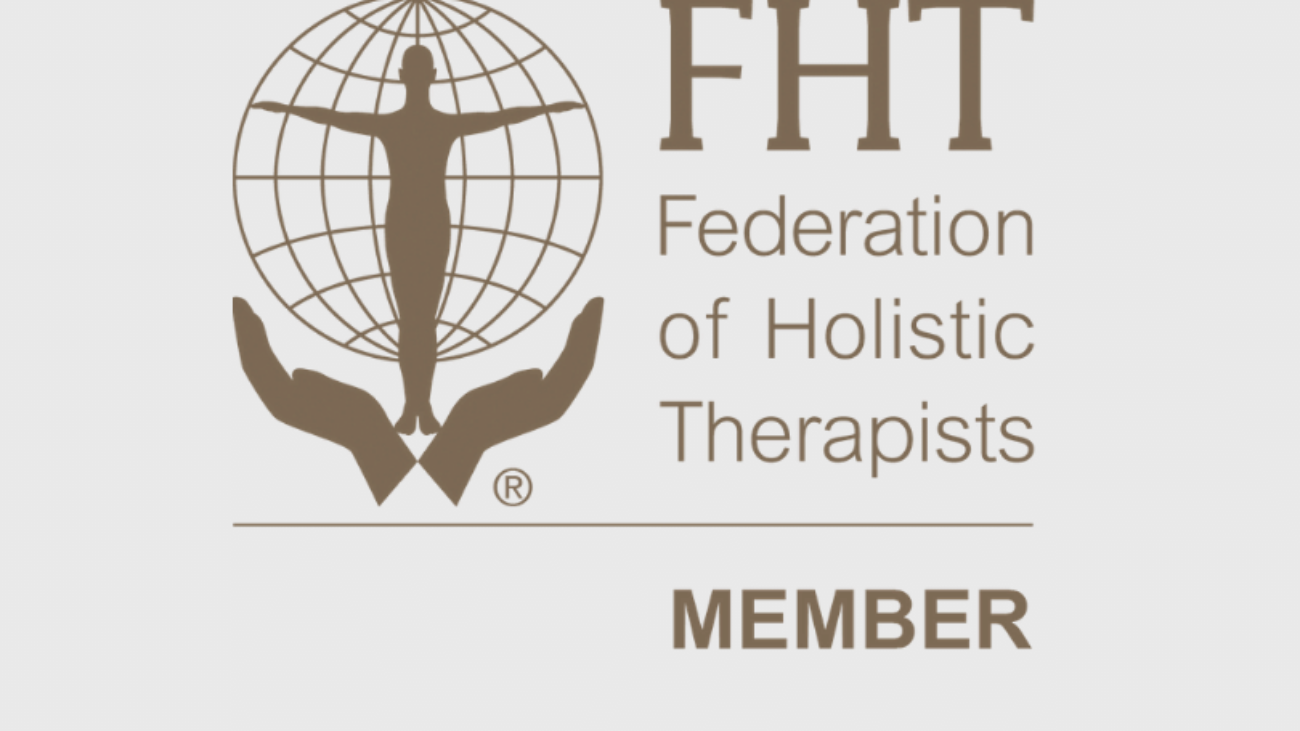Most people report feeling well after their session however the more toxic the system the more likely you may experience some healing symptoms.
The Herxheimer Reaction commonly known as a ‘Healing Crisis’ is a short-term detoxification reaction in the body.
After your treatment your body will be releasing toxins. It is therefore advisable to drink plenty of water and avoid caffeine and alcohol after your treatment and where possible don’t do anything too strenuous.
As the body detoxifies, you may experience flu-like symptoms including headaches, joint and muscle pain, body aches, sore throat, general malaise, sore lymph nodes, sweating, chills, nausea or other symptoms including runny nose, emotional sensitivity and increased visits to the bathroom.
Please note that many people do not experience a detoxification reaction of any kind.
The more toxic the body is the more significant these reactions can be but please be assured this is a sign that the body is detoxifying and clearing impurities from the system so that the body can rebalance itself. Please remember that Reflexology will not bring about a new problem in the body however may temporarily increase existing symptoms whilst the body works on balancing itself and clearing out toxins. If experiencing any of these reactions, as well as drinking plenty of water and avoiding alcohol or caffeine, I generally advise clients to avoid other things for a couple of days that may be stimulating a detoxification process ie certain supplements that may be used for heavy metal detoxification or liver stimulus.
The good news is that any healing crisis is temporary. It may start immediately or a day or so later and can last several days. This signifies the healing process in underway and people most often report that once these symptoms have cleared they have a renewed sense of energy and wellbeing.
Please make a note of all symptoms after your treatment and please do not hesitate to call me if you wish to do so.
Not everyone has a detoxification reaction and on the whole most people feel an increase in energy and balance in emotions.




